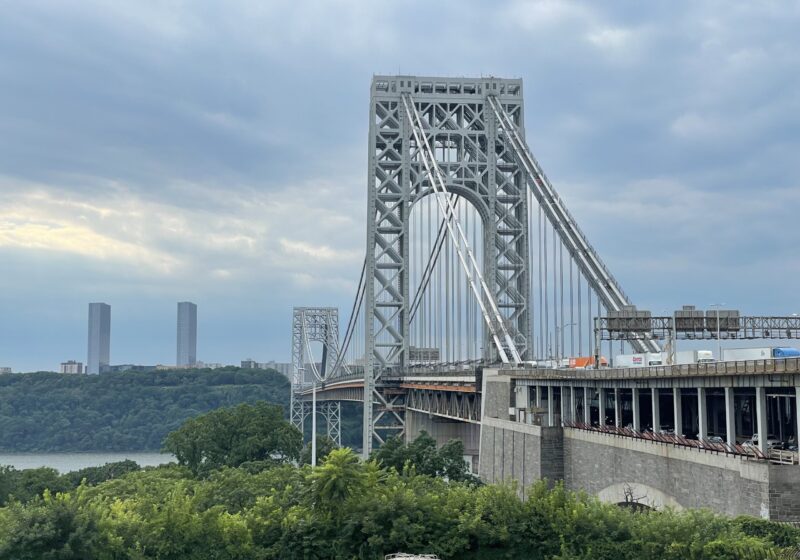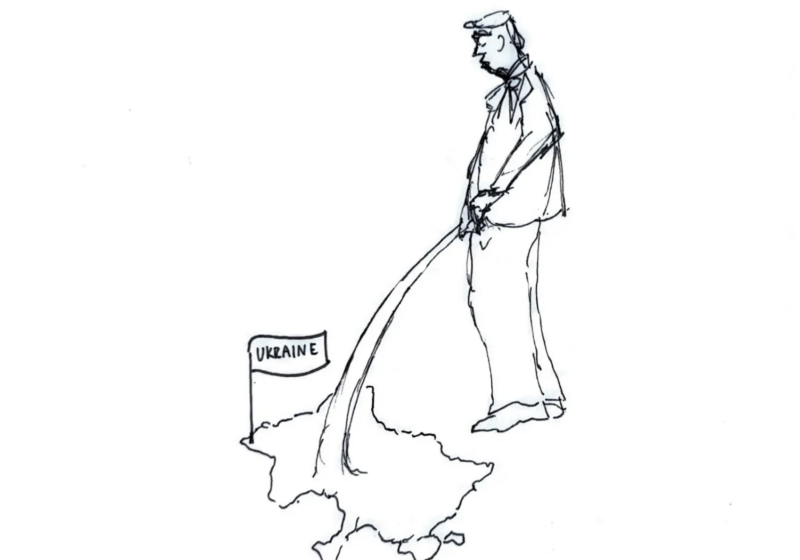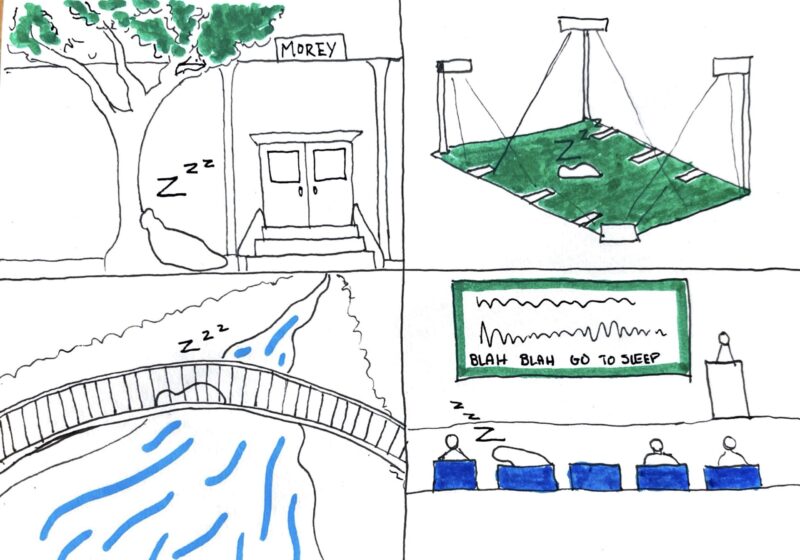Congestion pricing has been implemented in many cities around the world. Newest to the club, as of early January, is New York City.
Manhattan has always been a hotspot of commercial activity. Millions of people enter and leave the city each work day. Many of them now face yet another tax.
The basic idea of any congestion pricing scheme is to toll drivers for entering a specific, predefined area, in order to simultaneously reduce congestion and air pollution as well as raise funds for public transportation. The Congestion Pricing Zone in New York affects those entering lower Manhattan at or below 60th Street, although excludes those using the highways around Manhattan’s coast. Currently, anyone entering this zone between “peak hours” — 5 a.m. to 9 p.m. on weekdays and 9 a.m. to 9 p.m. on weekends — with few exceptions, is subject to a $9 toll on their E-ZPass, the company for issuing toll-readable transponders for motorists.
However, this is not the only toll faced by commuters entering the city. Motorists entering from New Jersey already pay a toll of about $16 to enter Manhattan. If you take the George Washington Bridge, you will be charged an extra $9 should you enter Lower Manhattan, resulting in a total of $26. In order to shave $3 off your commute, you can take either the Lincoln or Holland tunnel. There is no additional toll during Congestion Pricing Hours other than the base of $9 applied to motorists using the Brooklyn, Manhattan, Williamsburg, or 59th Street bridges.
Prior to the toll’s rollout, the Metropolitan Transportation Authority (MTA), the organization responsible for the city’s public transportation, said that the proceeds from the toll – estimated by The New York Times, more than $500 million yearly — would go to the city’s public transit.
I lived in Manhattan for the first 10 years of my life, before I moved to New Jersey. I understand both sides of this aisle: When living in Manhattan, like nearly all New Yorkers, we never used a car to get around the city and thus would never have paid the congestion toll. However, now, living in a place where having a car is a necessity, I begin to see a different perspective.
I commuted from my hometown to Hoboken (directly across the river from Manhattan) on New Jersey Transit (NJT) trains for high school. The NJT system shuttles millions of commuters to and from New York each and every day, along the same routes I took to Hoboken.
Those familiar with NJT know that their service is ridiculously below standard: There were countless times that I was late to school because of lengthy delays, train breakdowns, cancellations (leaving me stranded temporarily in Newark), missed connections — often because of the aforementioned delays — rude conductors, and any other inconvenience you could think of.
It is no shock that NJT is underfunded, and while the MTA pledges to make their transit more reliable, there has not been an accepted funding offer for New Jerseyans.
There is another issue: NJT doesn’t go everywhere. Many towns don’t have train stations and lack even indirect service to midtown Manhattan. There are countless people who rely on their cars to get to work. While it works for some to drive to the nearest town’s train station, for others, it makes no sense. Take Bernardsville for example: They don’t have a working train service on the weekends due to maintenance and when they do, the trains come infrequently. If the town’s residents wanted to get into the city, they would have to sit in traffic on a bus or drive nearly 30 minutes to a nearby town only then to get on a train that would take another hour. For some, there is no reasonable alternative to driving.
It’s not that congestion pricing doesn’t work — it has worked, just not for New Jersey. In 2003, London became one of the first cities to implement a congestion pricing zone. This decision was so impactful that it would go on to inspire the MTA’s model for New York congestion pricing more than 20 years later.
However, the key difference has been its implementation: Prior to starting the congestion price zone in London, Transport for London (TfL) invested heavily in its transit. Specifically, it reinforced its bussing capacity. Before tolling drivers, TfL added more than 350 buses to its circulation as well as a 23% increase in service. By 2000, TfL reduced car travel into London and increased bus ridership by 25%, all before the congestion charge was even introduced, according to an article by Transit Center.
The MTA, on the other hand, has only made vague promises such as adding “hundreds of new electric buses” or “accessibility improvements at over 20 stations” — none of which had been done before pricing went into effect.
The consequences
Because Upper Manhattan above 60th Street does not have a congestion charge, many drivers are parking in residential neighborhoods in the Upper West Side near subway stations and then taking public transportation for the final leg of their commute, according to a report by ABC’s Eyewitness News.
“People in those neighborhoods say commuters are taking up all the spots and creating even more traffic,” said Waddit Cruz, a doorman on the Upper West Side.
Some New Yorkers have even seen things get heated, as Richard Coleman, a NY elevator mechanic, explained to ABC: “While I’m parking, walking away from my car, I see the people arguing and bickering over spots.”
The benefits
In spite of these issues with the program, at the end of the day there is still one issue with Manhattan traffic: too many cars. In just the first month of its implementation, the program seems to be successfully curbing that issue.
According to CBS News, “the MTA says travel times have improved in the Congestion Relief Zone by as much as 59% during peak afternoon hours. Officials say traffic patterns indicate more drivers are shifting to off-peak hours, as the plan intended.”
Final thoughts
While there are benefits to the congestion pricing plan, I feel that it unfairly penalizes out-of-state commuters for simply going to their jobs, especially those who are already paying high tolls to use the Hudson River’s bridges and tunnels. At the same time, I feel that the MTA forgets about New Jerseyans’ needs. Steps, like those in London, should have been taken before introducing the toll.
I also believe that the MTA needs to get a grip on the crime on its subways: When rolling out a program that incentivizes users to take advantage of public transportation, having three stabbings, someone shoved under an oncoming train, and a fire set on a sleeping woman all in one month is not a good look. For the CEO of the MTA to suggest that fears of taking the subways were “all in people’s heads,” is a slap in the face of the people who have experienced the very real consequences of the MTA’s public safety failures.
Congestion pricing is a promising idea, and I have no problems with it in and of itself, but the MTA should have expanded its service and responded to its underlying safety issues before pushing people into its system.





